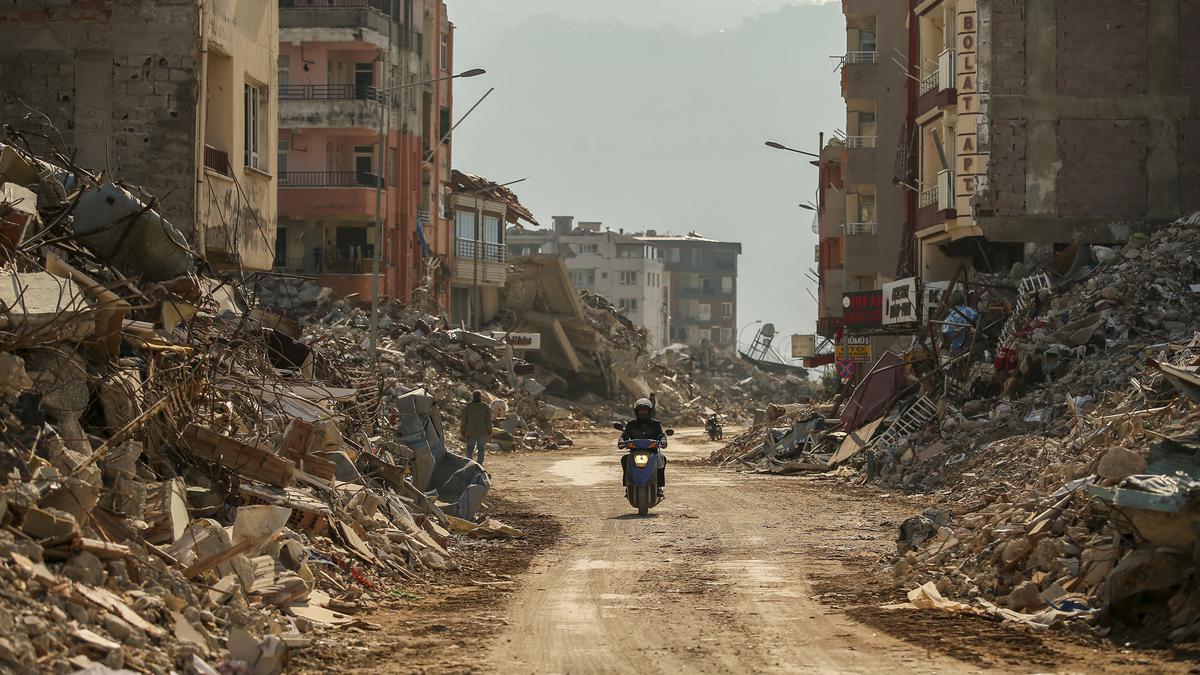
Study traces Turkey quake to interrupted ‘chat’ between fault lines Premium
The Hindu
A new paper in Science used kinematic slip inversion and fault-property modelling to find that the Turkey-Syria earthquake could be traced to a seismic cascade over the east and the north Anatolian fault lines, and that these lines had also been in constant dialogue through the exchange of stress.
On February 6, 2023, a pair of powerful earthquakes struck Turkey and Syria, leaving destruction in their wake. The latest known death toll is 50,000; more than a lakh other people were injured in 11 provinces. At least 1.5 crore people and 40 lakh buildings were affected; some 3.45 lakh apartments were destroyed.
The earthquakes weren’t entirely unexpected given Turkey’s seismic history, but scientists were startled by their unprecedented scale.
A study published on August 3 in the journal Science unearthed the intricate union of tectonic forces that led to the disaster, advancing researchers’ understanding of these quakes, their unexpected power, and what they portend for the way scientists are trying to forecast others like them.
Scientists seek to understand how earthquakes occur and grow to devastating sizes. The earth’s crust consists of tectonic plates. Fault lines form where these plates interact, as they collide, pull apart or slide past each other. When these plates abruptly grind and slip past each other, they release pent-up pressure, leading to earthquakes.
The earthquakes in Turkey occurred along the East and North Anatolian Fault Lines, which run 700 km and 1,500 km long, respectively. And these geological behemoths, the new study found, were in constant dialogue.
“Imagine a conversation among faults, where they communicate through stress interactions,” Zhe Jia, the lead author of the new study paper and a postdoc at the University of San Diego, California, told this writer.
But during the quakes, the conversation was disrupted by something like shouting. A seismic “cascade” broke through fault bends and step-overs, which are otherwise barriers to the propagation of an earthquake.





















 Run 3 Space | Play Space Running Game
Run 3 Space | Play Space Running Game Traffic Jam 3D | Online Racing Game
Traffic Jam 3D | Online Racing Game Duck Hunt | Play Old Classic Game
Duck Hunt | Play Old Classic Game











